Embroidery is a decorative art form that involves embellishing textiles with needles and thread. This technique has been around for centuries, and it continues to be a popular way of adding intricate designs to clothing items. Embroidery can be done by hand or machine, and it is often used in fashion as a means of creating unique pieces that stand out from the rest.
Fashion designers use embroidery to elevate their designs by adding texture, dimension, and personality to an outfit. Embroidered details can turn ordinary clothing into one-of-a-kind statement pieces that catch people’s attention. Designers also use embroidery to create custom patterns and logos on clothing items such as jackets, hats, bags, and shoes.
Embroidery can be done using various techniques such as cross-stitching, applique work, and beadwork among others. The possibilities with embroidery are endless; it all depends on the designer’s creativity and imagination. An overall embroidery is an art form that enhances the beauty of textiles while allowing designers to showcase their craftsmanship in fashion design through unique stitching techniques that capture the essence of fabric design elements.
History of embroidery
Embroidery is an ancient art that dates back to the 5th century BC. It was practiced in every corner of the world, from China and India to Europe and South America. Embroidery techniques varied depending on the region, but they all involved stitching threads onto fabric to create decorative patterns. In fact, the embroidery was one of the few ways people could express themselves through clothing before printed textiles were invented.
During the Middle Ages, embroidery became a sign of wealth and social status. Nobles would commission elaborate embroideries for their clothes, often depicting scenes from mythology or biblical stories. The Renaissance brought new techniques and materials to embroideries, such as metallic threads and silk floss. This allowed for even more intricate designs and greater detail.
In modern times, embroidery has become more accessible thanks to advancements in technology and mass production methods. However, many artisans still practice traditional embroidery techniques by hand, preserving this ancient craft for future generations. Today, embroidery is not only used in fashion but also in home decor and art pieces.
Different types of embroidery stitches

Embroidery is an age-old technique that has been used to decorate fabrics and clothing for centuries. There are numerous types of embroidery stitches that can be used to create different designs, textures, and patterns on fabric. Some of the most popular embroidery stitches include chain stitch, cross-stitch, satin stitch, stem stitch, backstitch, running stitch, and French knot.
Chain stitch

Chain stitch is a popular embroidery technique used in couture fashion. It consists of a series of loops that are connected to create a continuous chain-like pattern on the fabric. The chain stitch can be done by hand or with the use of a machine, depending on the intricacy of the design and how many pieces need to be produced.
When executed skillfully, the chain stitch can add dimension and texture to an outfit. It’s often used as an embellishment on collars, cuffs, and pockets, adding a touch of elegance and sophistication to these areas. Designers also use chain stitching to create intricate patterns or lettering designs that stand out against plain fabrics.
To make sure that your chain stitching looks impeccable, you should practice regularly using different types of threads and needles until you find what works best for your material. You can experiment with thick or thin threads, metallics or silk to achieve different effects – from bold statements to delicate details. With patience and attention to detail, it’s possible to create stunning embroidery designs using this versatile technique.
Cross Stitch

Cross-stitching, a form of embroidery that involves stitching X-shaped patterns onto fabric, has been around for centuries. However, it’s not just for traditional home decor anymore – cross-stitched designs are making their way into the world of fashion. From intricate floral motifs to bold graphic prints, designers are incorporating this classic technique into their collections in unexpected ways.
One example is Belgian designer Dries Van Noten, who featured hand-embroidered cross-stitching on denim jackets and pants in his Spring/Summer 2020 runway show. The colorful geometric patterns added a playful touch to the otherwise utilitarian pieces. Another designer who has embraced cross-stitching is the French label Jacquemus. Their Fall/Winter 2019 collection included oversized knit sweaters adorned with whimsical stitched illustrations.
Cross-stitching provides a unique and personal touch to clothing and accessories that mass-produced items simply can’t replicate. It allows designers to add texture, color, and dimension to garments while also showcasing traditional craft techniques. As fashion continues to prioritize sustainability and individuality over fast trends and mass production, we can expect to see even more innovative uses of embroidery in the future.
Satin stitch

Satin stitch is an embroidery technique that creates a smooth, even surface of thread on fabric. It’s versatile and can be used to fill in shapes or create outlines. To achieve the satin stitch, you’ll need to use a single strand of embroidery floss or thread and carefully stitch back and forth across the area until it’s completely filled in.
This stitching technique is often used in high-end fashion to add intricate details to garments. Designers may use satin stitches for creating floral patterns, delicate vines, or geometric shapes on fabrics. The result is a stunning effect that adds texture and depth to any garment.
While the satin stitch looks impressive on its own, it can also be combined with other embroidery techniques for even more impact. For example, combining satin stitch with French knots can create an eye-catching textured effect that pops off the fabric surface. Whether you’re a professional designer or just enjoy crafting as a hobby, incorporating the satin stitch into your work will elevate your designs from ordinary to extraordinary.
Stem Stitch

Stem stitch is a popular embroidery technique that has been used in fashion for centuries. It is a versatile stitch that can be used to create various designs, from simple lines to intricate floral patterns. The stem stitch gets its name from the way it resembles the stem of a plant, making it perfect for creating natural motifs.
One of the reasons why stem stitch is so widely used in fashion embroidery is because of its aesthetic appeal. The stitch creates a smooth and rope-like texture that adds depth and dimension to any design. This makes it an ideal choice for creating outlines or filling in designs with long, flowing lines.
Aside from its visual appeal, stem stitch also offers functional benefits when used in fashion embroidery. It is strong and durable, making it suitable for use on fabrics that will undergo frequent wear and tear. Moreover, the thread can be easily manipulated into curves or angles, allowing designers to create complex shapes with ease. Overall, stem stitch remains an essential tool in any embroiderer’s arsenal when working with fashion designs due to both its practicality and beauty.
Back Stitch

Backstitch is one of the most commonly used embroidery stitches that can be used to add intricate details and texture to fashion designs. It involves stitching up and down along a straight line, creating a solid, connected line. With its versatility, the back stitch can be used for outlining shapes or letters in fabrics.
To create a back stitch, thread your needle with embroidery floss and bring it up from the back of the fabric at point A. Then take the needle down through point B located at least one stitch length away from point A but on the same line. Next, bring your needle up again from underneath your fabric at point C which is halfway between points A and B. Finally, continue stitching along this pattern until you finish your design.
Backstitch offers an easy way to add dimensionality and structure to any fabric design project such as bags or jackets by creating different patterns or textures using this technique. This classic embroidery technique adds sophistication and elegance to any fashion piece by bringing attention to small details that might otherwise go unnoticed.
Running Stitch

The running stitch is one of the most basic embroidery stitches and is widely used in fashion design. It consists of making a series of small, evenly spaced stitches that run in a straight line through the fabric. The stitch creates a dashed line effect that can be used for outlining or filling in designs.
One way to use the running stitch in fashion design is as an accent on clothing items such as cuffs, collars, and pockets. It can add an extra touch of sophistication to any outfit by creating subtle texture and interest. Additionally, it can be used to create delicate floral patterns on dresses or blouses.
Another way to incorporate the running stitch into fashion design is through accessories such as bags or hats. The stitch can be used to create intricate designs that add a unique flair to any accessory piece. Overall, the running stitch may be simple but it has endless possibilities when it comes to fashion design and styling.
French Knot Stitch

Embroidery is a timeless art form that has been used in fashion for centuries. One of the most popular embroidery techniques is the French knot stitch. This stitch consists of creating small, tight knots with embroidery floss to create texture and detail. French knots can be used to fill spaces or as accents on clothing, accessories, and even shoes.
When it comes to fashion, French knot stitches are commonly seen in high-end couture pieces. Designers often use this technique to add intricate details to their garments, such as floral motifs or delicate beading. The use of this stitch can elevate a simple piece into a work of art by adding dimension and depth.
French knot stitches also allow designers to incorporate sustainability into their designs by using upcycled materials for their embroidery floss. By repurposing materials, designers are able to reduce waste while adding unique character and charm to their creations. The versatility and beauty of the French knot stitch make it an essential tool for any designer looking to create unique and sustainable fashion pieces.
Lazy Daisy Stitch

The lazy daisy stitch is a simple and fun embroidery stitch that can add a touch of whimsy to any fashion project. Also known as the detached chain stitch, this versatile stitch is great for creating flower petals, leaves, and even small animal designs. To create the lazy daisy stitch, start by bringing the needle up through the fabric at the desired starting point. Then make a small loop with your thread and anchor it to the fabric with a tiny stitch.
Next, bring your needle down through the fabric where you want your first petal or leaf to end. Bring it back up through the fabric where you want your next petal or leaf to begin and repeat this process until you have completed your design. The resulting stitches will resemble little chains attached by tiny anchors.
Whether used as an accent on a dress or shirt collar or as an all-over embellishment on a bag or jacket, incorporating lazy daisy stitches into fashion projects can add delightful texture and dimensionality. So grab some thread in your favorite color and give this charming embroidery technique a try!
Zig Zag stitch

Zig zag stitch is a type of embroidery stitch that is commonly used in fashion design. This stitch is created by sewing a series of short, angled stitches in a zigzag pattern, which creates a line with a slight scallop or jagged edge. Zig zag stitch can be used for both decorative and functional purposes, such as reinforcing seams or adding texture and dimension to the fabric.
In couture fashion, zig-zag stitching can be seen on everything from evening gowns to everyday wear. It adds an element of interest to any garment and can be done in a variety of colors and thread weights for different effects. Designers may also use zig-zag stitching to create intricate patterns or designs on fabric.
When using zig-zag stitching in fashion design, it’s important to consider the weight and stretch of the fabric being used. A wider zigzag stitch may work well on heavier fabrics like denim or canvas, while a narrower stitch may be more appropriate for lighter materials like chiffon or silk. Additionally, experimenting with different thread colors and weights can create unique visual effects that enhance the overall look of the garment.
Materials and Supplies for Embroidery
Embroidery is a technique that has been used for centuries to decorate fabrics with intricate designs. To create beautiful embroidery, one needs the right materials and supplies. The most basic supplies for embroidery are needles, thread, and fabric. Needles come in different sizes depending on the type of embroidery being done, while thread comes in various colors and textures to add depth and dimension to the design. Fabric can also vary depending on the project; cotton or linen are great options for beginners.
Aside from these basics, other essential materials include embroidery hoops, scissors, and transfer paper or pencils for drawing designs onto fabric. Embroidery hoops help keep the fabric taut while working on it, ensuring even stitching. Scissors should be sharp and precise to trim threads neatly without damaging the design or fabric. Transfer paper or pencils allow you to transfer a design onto your chosen fabric easily.
Finally, embellishments like beads, sequins, and ribbons can elevate an embroidered piece from ordinary to extraordinary! These add-ons come in various colors and textures that can either complement or contrast with your design’s color scheme.
In conclusion, having quality tools is essential when it comes to embroidering fashion pieces properly. With so many options available in today’s market at varying price points- anyone interested in giving this delightful craft a try can find something suitable within their budget!
Creating a Design
Embroidery is a great way to add a personal touch to your fashion designs. When creating a design, consider the placement of your embroidery and the type of stitching you will use. For example, delicate flowers may require satin stitches, while larger areas may benefit from filling stitches.
Once you have decided on your embroidery technique, choose your thread colors carefully. The thread should complement the fabric and enhance the overall design. Consider using metallic threads for added glamour or variegated threads for an interesting visual effect.
Finally, don’t be afraid to experiment with different types of fabrics and textures when incorporating embroidery into your fashion designs. From denim jackets to flowing dresses, embroidery can elevate any garment to couture status with just a few well-placed stitches.
Transferring the Design
When it comes to embroidery in fashion, transferring the design is one of the most crucial steps. Whether you are using a hand-drawn pattern or a computer-generated design, it needs to be transferred onto the fabric accurately. There are several methods for transferring designs onto fabrics, including tracing paper, transfer pencils, carbon paper and water-soluble pens. The method you choose will depend on your personal preference and the intricacy of the design.
One popular method is tracing paper which involves placing carbon paper underneath the traced pattern and then placing that onto the fabric. This technique works well for designs with clean lines and simple shapes. Another option is transfer pencils which can be used to draw directly onto fabric or tracing paper before ironing it into place. Carbon paper is perfect for more intricate patterns; however, it can be time-consuming as each line needs to be carefully traced over multiple times.
No matter what method you choose, ensure that your chosen tool does not bleed through to your final product or leave permanent marks on your fabric as this could ruin hours of hard work. With a steady hand and careful attention paid to detail in transferring designs, beautiful embroidered pieces can come alive adding an extra touch of elegance to any outfit!
Crafting with Couture
Embroidery is a timeless craft that adds a touch of elegance and sophistication to any garment. It has been around for centuries, and today it is still widely used in fashion, especially in haute couture. Embroidery can be seen on everything from evening gowns to denim jackets, adding an element of luxury to even the most casual of outfits.
One of the most popular ways to use embroidery in fashion is through intricate designs and patterns. These designs can be inspired by anything from nature to abstract art, and they are often created using high-quality materials such as silk or metallic thread. The result is a stunning piece that showcases both the craftsmanship of the embroidery as well as the creativity of the designer.
Another way embroidery is used in fashion is through embellishments. This can include adding beads, sequins or other decorative elements to a garment using embroidery techniques. This type of embellishment can take an ordinary piece of clothing and transform it into something truly special, making it perfect for red carpet events or other formal occasions where standing out among the crowd is key. Whether you’re looking to create a custom gown for your wedding day or just want to add some sparkle to your favorite jeans jacket, embroidery can help you achieve your vision with style and grace.
Finishing Crafting with Couture
Embroidery has always been a staple in fashion, and it’s not hard to see why. It adds an intricate touch and lends itself to an air of luxury that few other techniques can match. But how do you take your embroidery from simple stitching to couture-worthy? The answer lies in the finishing.
One of the most important aspects of finishing is making sure all loose ends are tucked away neatly. This means ensuring that all threads are tied off securely and trimmed close to the fabric surface, so they don’t snag or come undone later on. Another crucial step is steaming or pressing the embroidery after it’s finished – this helps set the stitches in place, giving them a more polished look.
Finally, choosing the right backing material is key to achieving a top-quality finish. Some fabrics may require interfacing or stabilizer before embroidery can be added, while others may need additional support during or after stitching. By taking these steps into account and focusing on finishing techniques, you’ll be able to elevate your embroidery work from a basic craft project to high-end couture pieces with ease.
Benefits of Using Embroidery
Not only is embroidery a beautiful addition to any garment, it also has practical benefits. Embroidery can add durability to clothing, making it less likely to tear or wear out quickly. This is especially true for areas of high stress on the garment such as pockets and collars.
Embroidery also allows for the customization and personalization of clothing. Adding a name, logo or design can make an item unique and special. In addition, embroidery can be used as a marketing tool for businesses by adding the company logo onto uniforms or merchandise.
Lastly, embroidery adds texture and dimension to clothing which can elevate its overall aesthetic appeal. It’s a great way to add visual interest without using materials that may not last long-term like sequins or glitter. Overall, the use of embroidery in fashion offers numerous benefits beyond just decorative purposes.
Conclusion: Expressing Creative
In conclusion, expressing creativity through embroidery in fashion is a timeless and elegant way to make a statement. With the use of different types of thread, fabrics, and techniques, embroidery can bring life and personality to any garment or accessory. From classic monograms on shirts to intricate floral designs on bags, the possibilities are endless.
Moreover, incorporating embroidery into fashion designs is not only aesthetically pleasing but also sustainable. By using upcycled or repurposed materials for both the base fabric and thread, designers can reduce waste and promote eco-friendly practices in the industry.
In summary, adding embroidery into fashion design allows for endless opportunities to showcase individuality while also promoting sustainability. Whether it’s a small detail or an elaborate statement piece, embroidery adds depth and character that cannot be replicated by any other means.



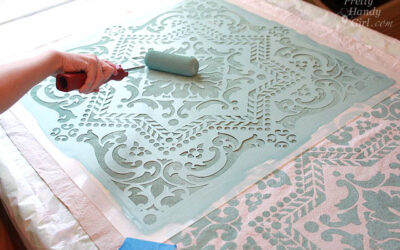
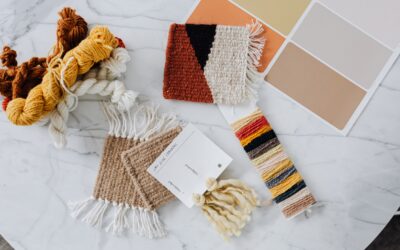

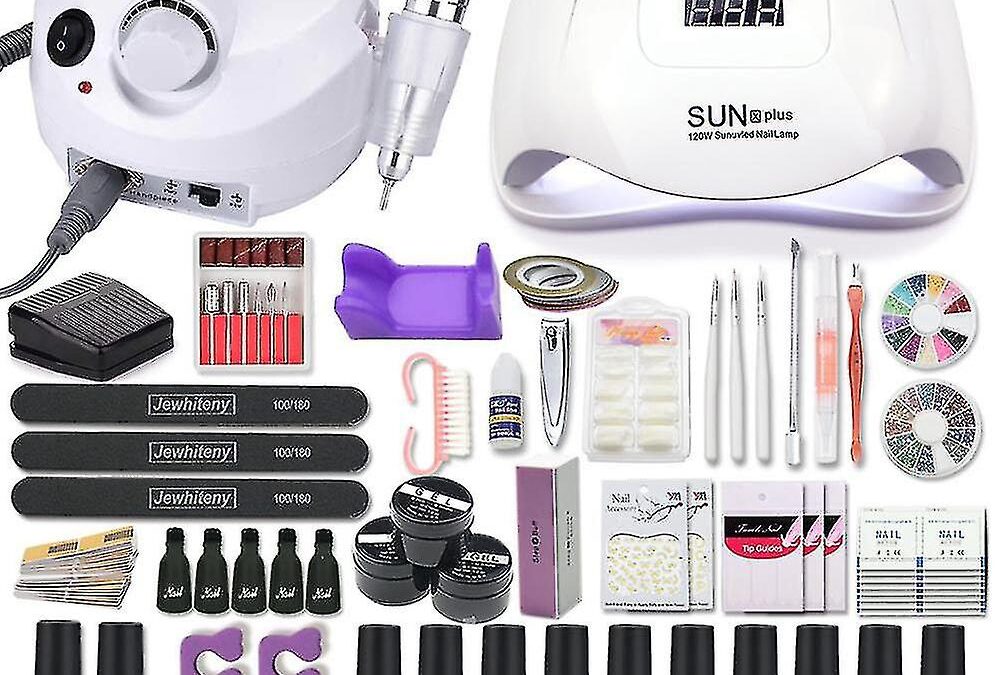

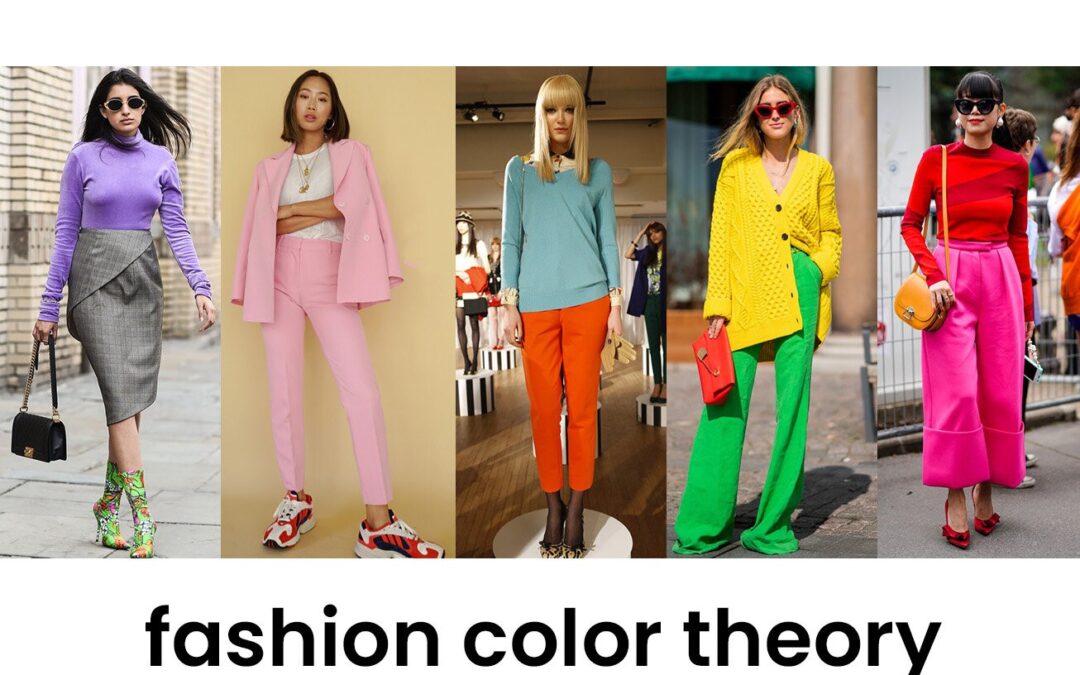
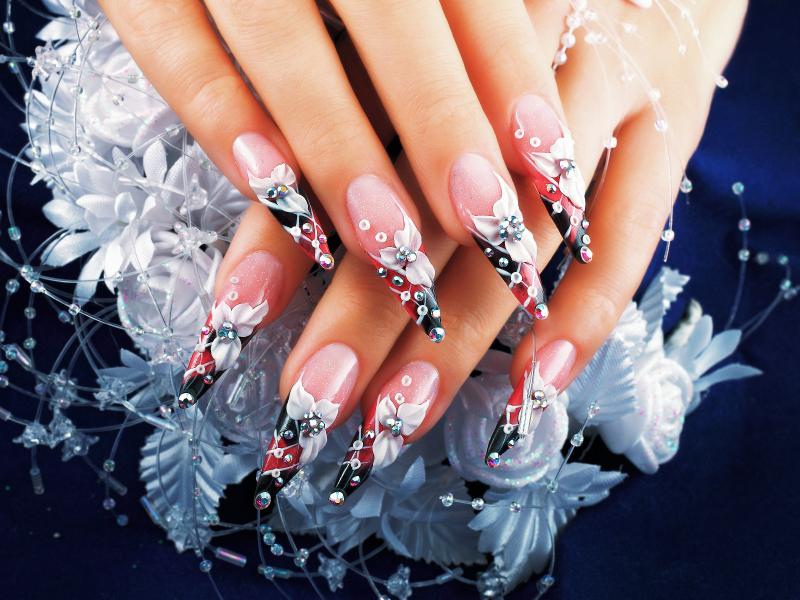
0 Comments